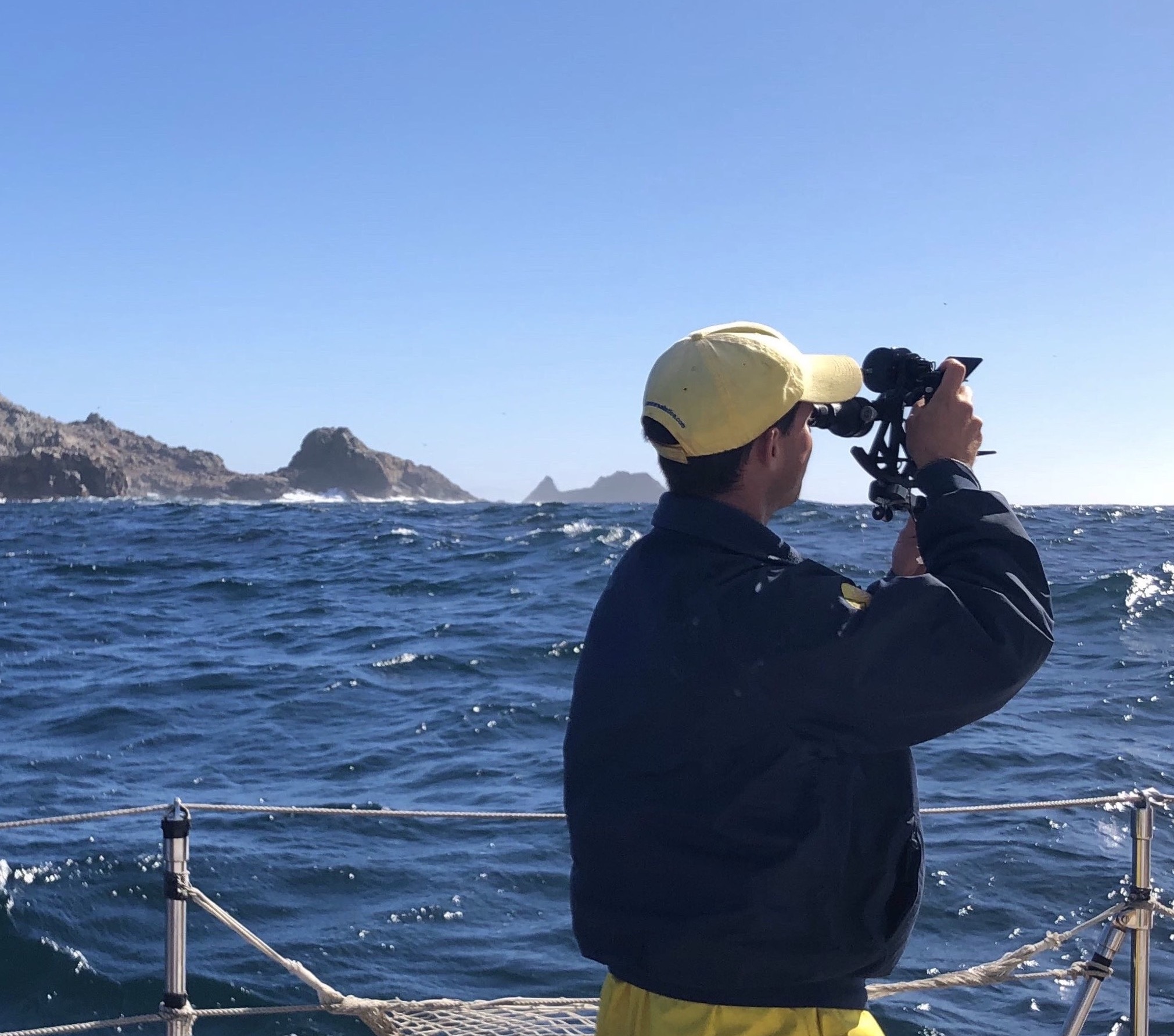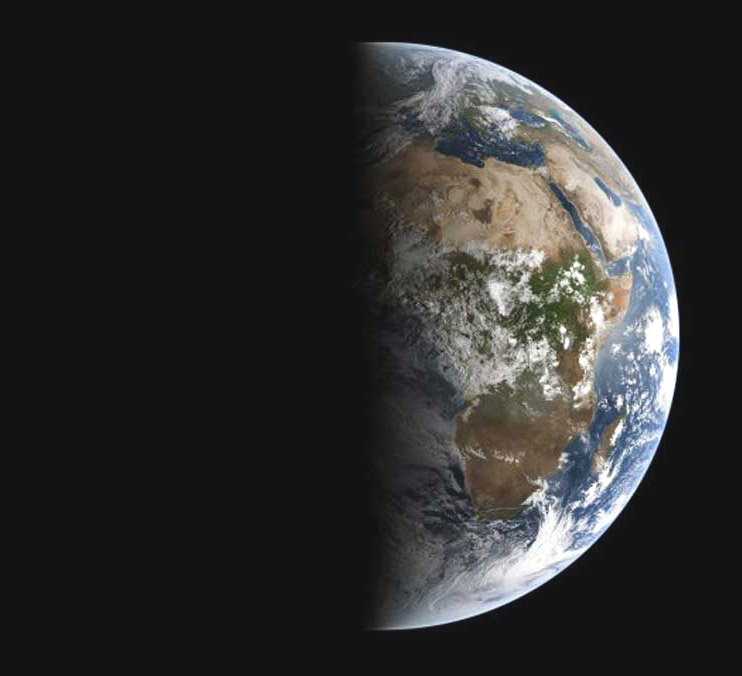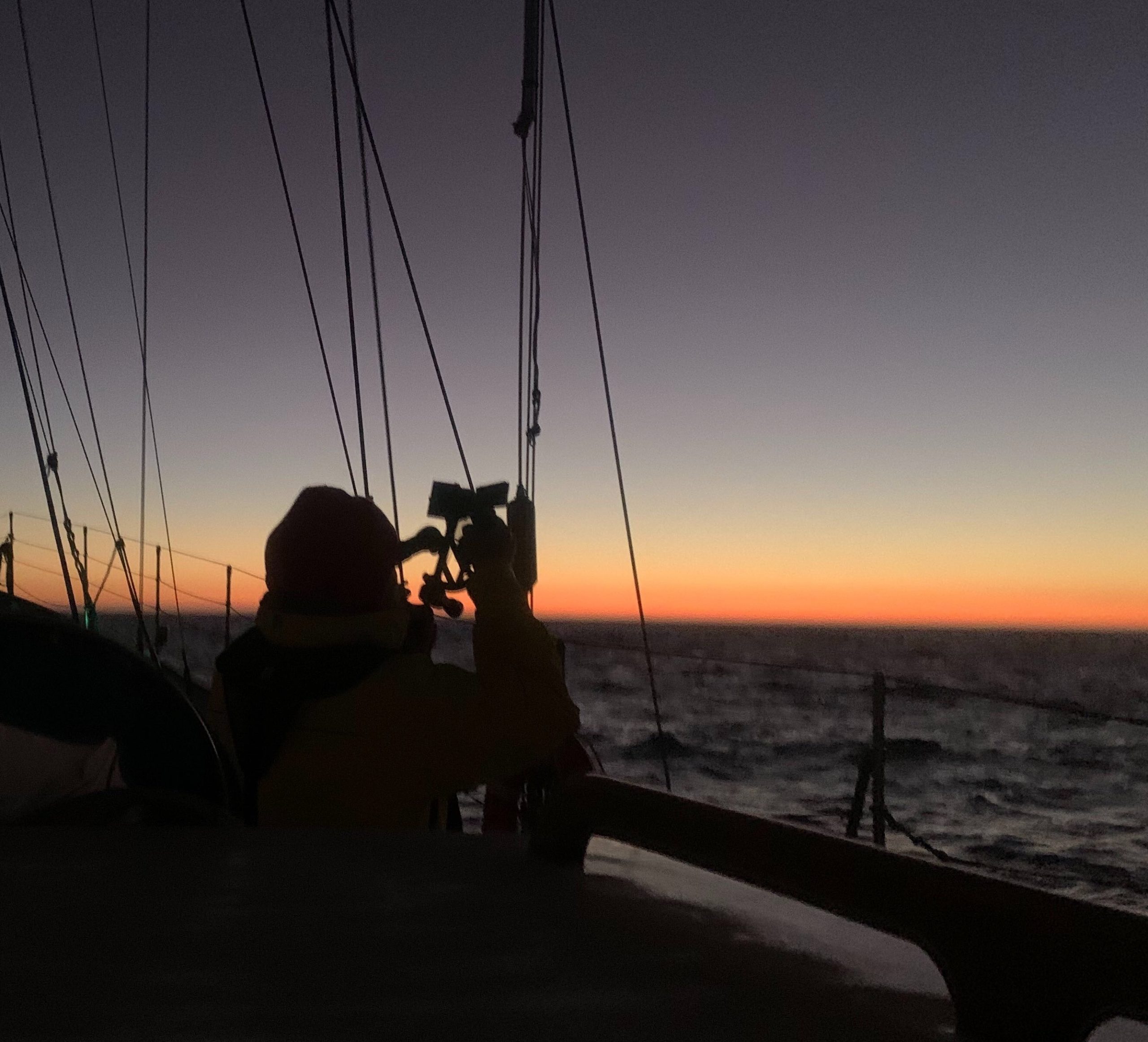
Autumnal Equinox Heralds Changing Seasons
At 6:31 a.m. Pacific Daylight Time on September 22, 2020, the sun will cross the equator as it moves from the Northern Hemisphere to the Southern Hemisphere. This is the autumnal equinox, the point in time when the sun is right over the equator. It signals the nominal end of summer and the beginning of fall — although the heat capacity of the oceans, among other things, causes a considerable lag in how we might perceive the seasons.
Of course, the sun is never really ‘on’ the equator, or ‘in’ any hemisphere on Earth. It’s about 93 million miles away at the approximate center of the Earth’s orbit. What we mean is, the sun is directly over a spot on Earth that is right on the equator, or to its north or south. This is one of the primary concepts of celestial navigation. Any celestial body, at any point in time, has one, and only one, point on Earth that is directly beneath it. That is, if you were standing at this point, the celestial body would appear to be directly overhead. It’s usually called the geographic position or ground position, or the GP, of the corresponding celestial body.

The sun’s GP moves around the Earth once every day, at a speed of about 900 knots. So to find the longitude of the GP, you need to know the time fairly precisely. At 900 knots it’s moving a mile every four seconds. Pop quiz: Does the sun’s GP move west to east or east to west?
The sun’s GP makes a much more leisurely trip north and south. It takes a full year to move from 23º south to 23º north and back again. So you only need to know time to the nearest hour or so to find the latitude of the sun’s GP to the nearest mile.

An annual publication called the Nautical Almanac has all the information you need to determine the position of the sun’s GP for any second of the year. This is very useful, because another basic concept of celestial navigation is that the angle of the sun above the horizon, measured with a sextant, tells you how far away you are from the GP. Ninety degrees, and the sun is exactly overhead so you are at the GP. 80 degrees, and you are ten degrees (600 nautical miles) away from the GP. Draw a circle on the globe. Wait an hour, take another sight, draw another circle, and you have a fix. The rest is details.
Here’s an interesting point about the sun at the equinox: Because the GP is on the equator, the sun appears to rise due east and set due west regardless of the observer’s latitude. This might not be intuitively obvious, but it’s easy to prove, and you can do it without any math. (Hint: Consider the orientation of the terminator, the line between sunlight and shadow on the Earth’s surface.)

The same is true about the direction of rising and setting for any celestial body with a GP over the equator. For the sun it only happens twice a year. For stars, where the latitude of the GP is essentially constant, the stars on or near the equator can always be used as a true east or true west reference when rising or setting. The belt of Orion is probably the best example: Alnilam, the rightmost star of the belt, is at about one degree south latitude, and stays there all year.
This will be important if you ever find yourself navigating a Polynesian voyaging canoe from Tenararo to Moruroa.
